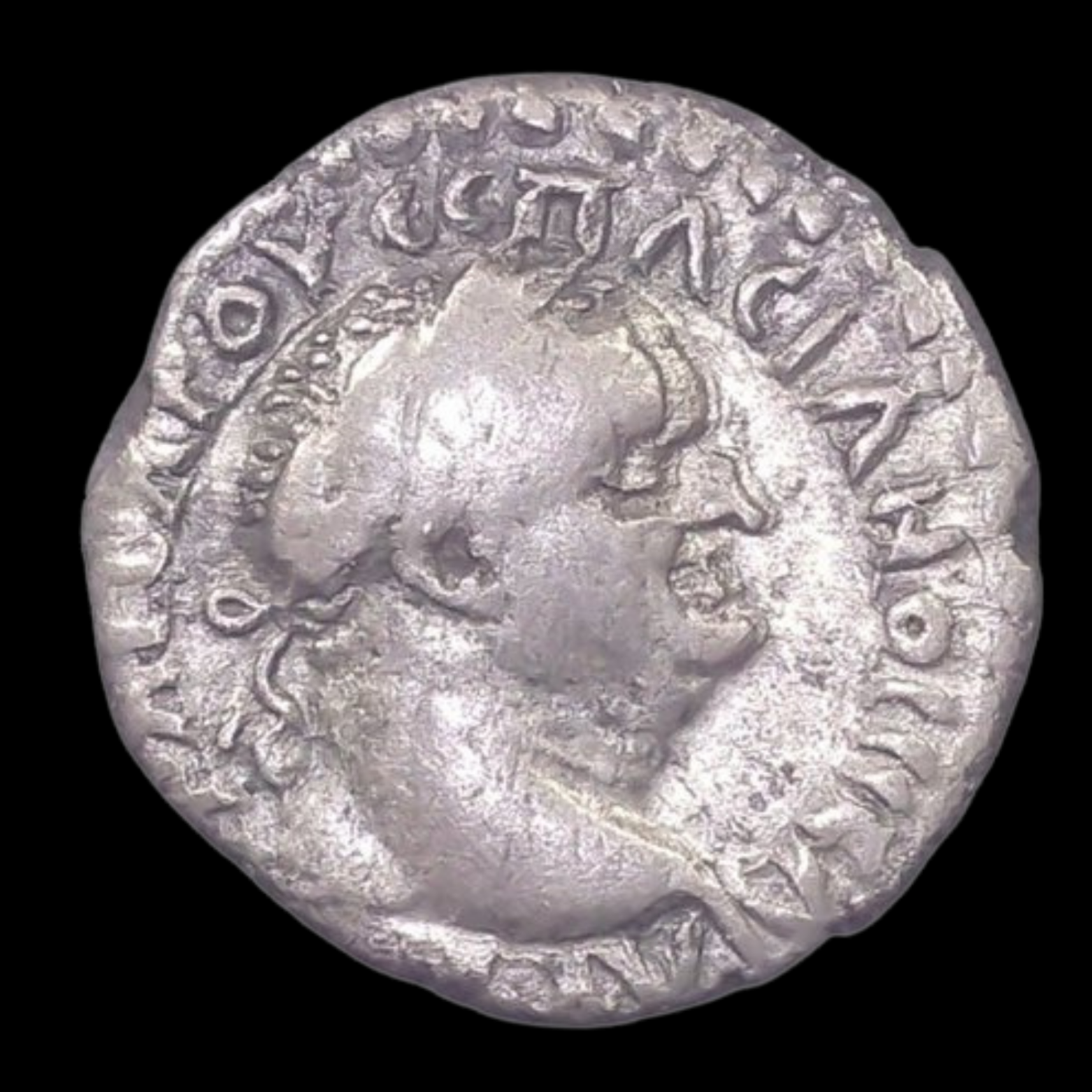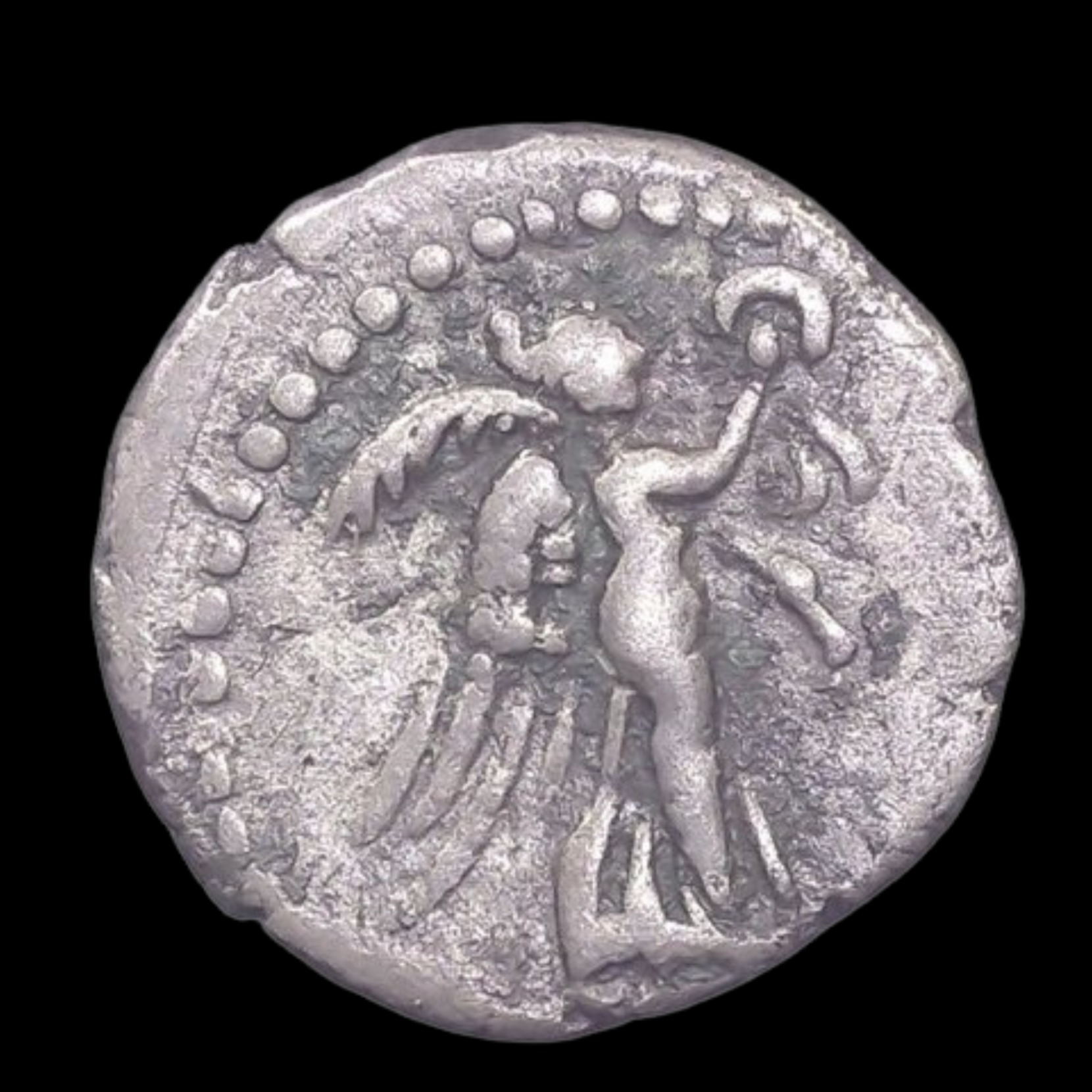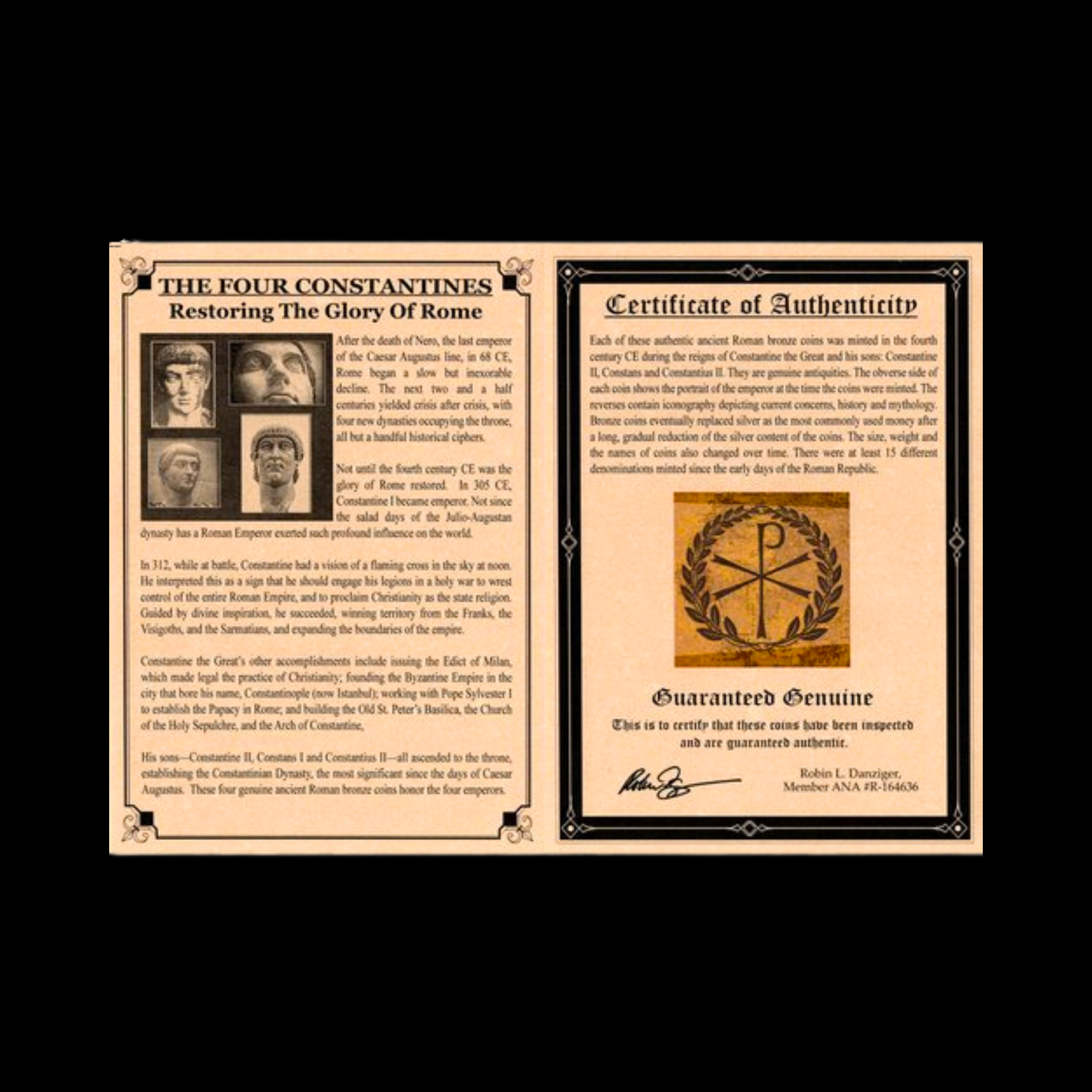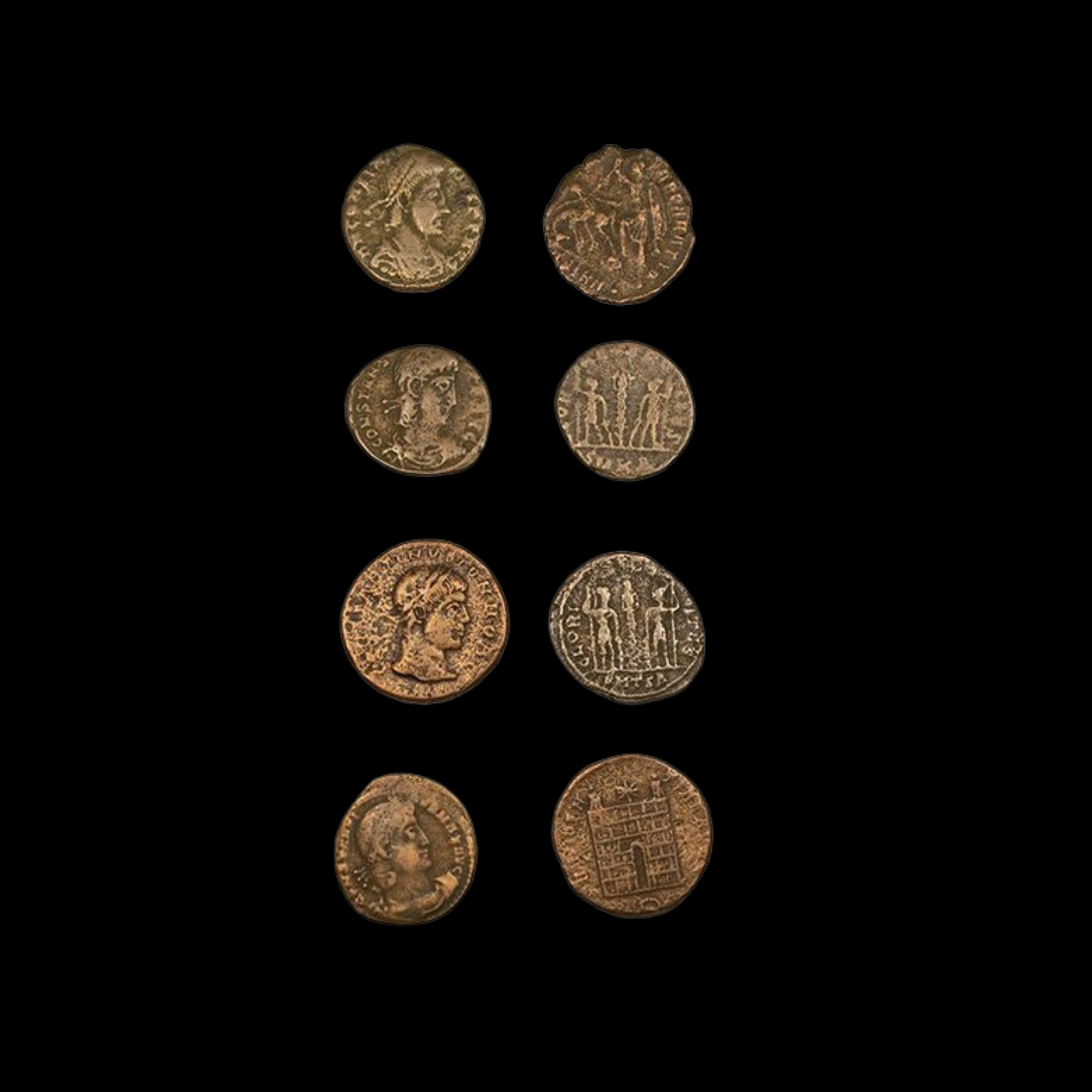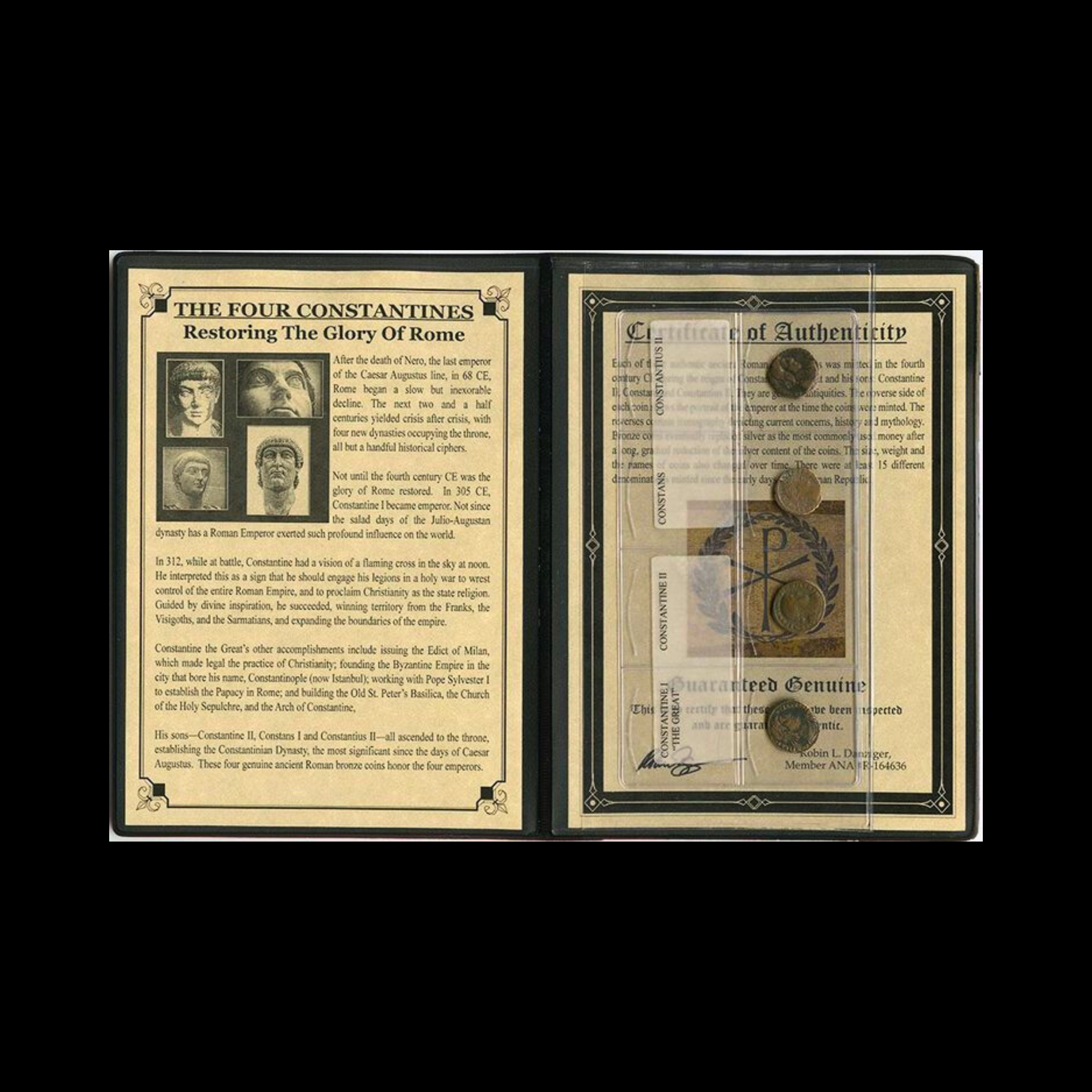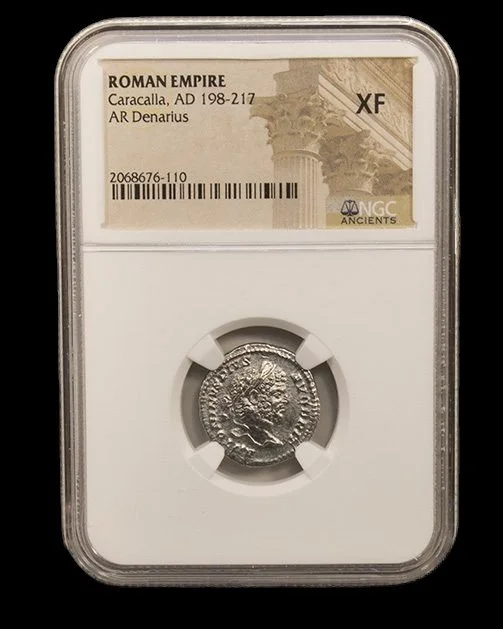 Image 1 of 7
Image 1 of 7

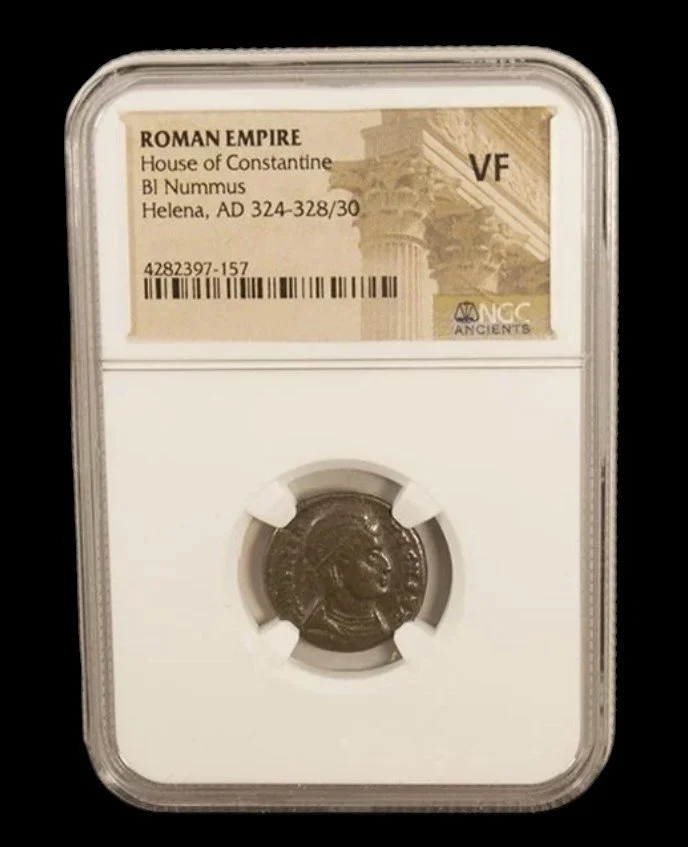 Image 2 of 7
Image 2 of 7

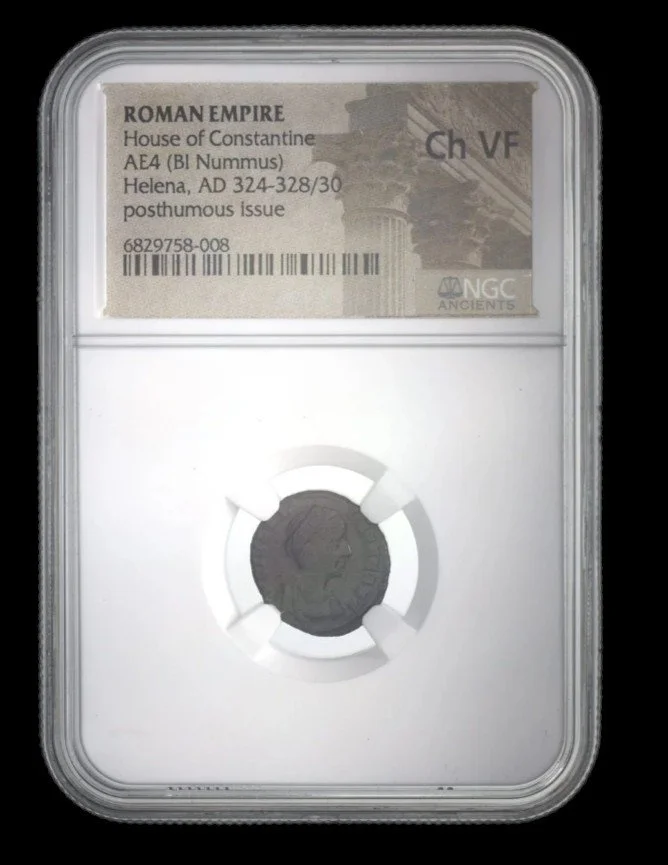 Image 3 of 7
Image 3 of 7

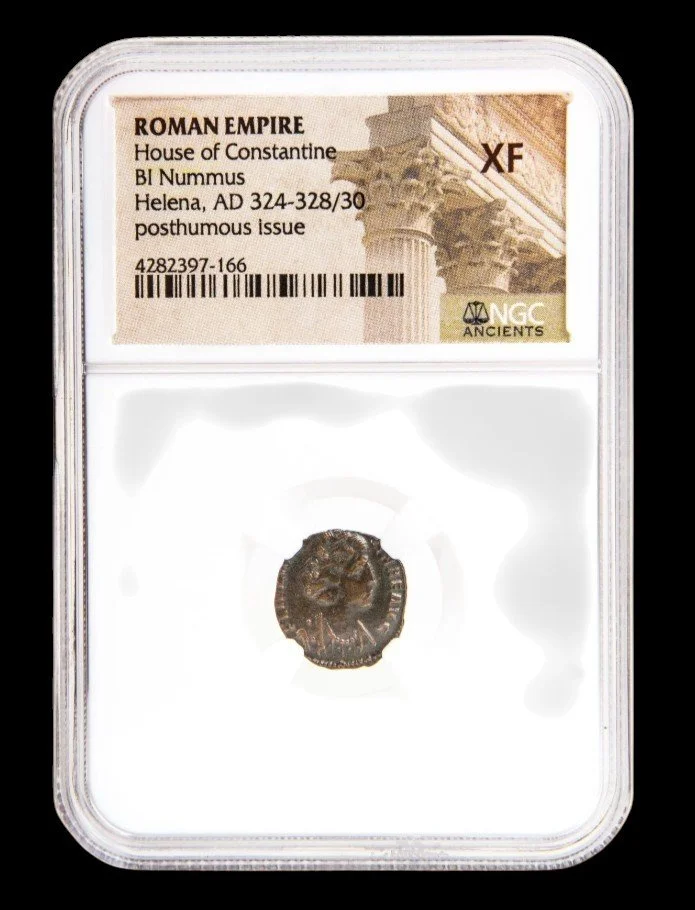 Image 4 of 7
Image 4 of 7

 Image 5 of 7
Image 5 of 7

 Image 6 of 7
Image 6 of 7

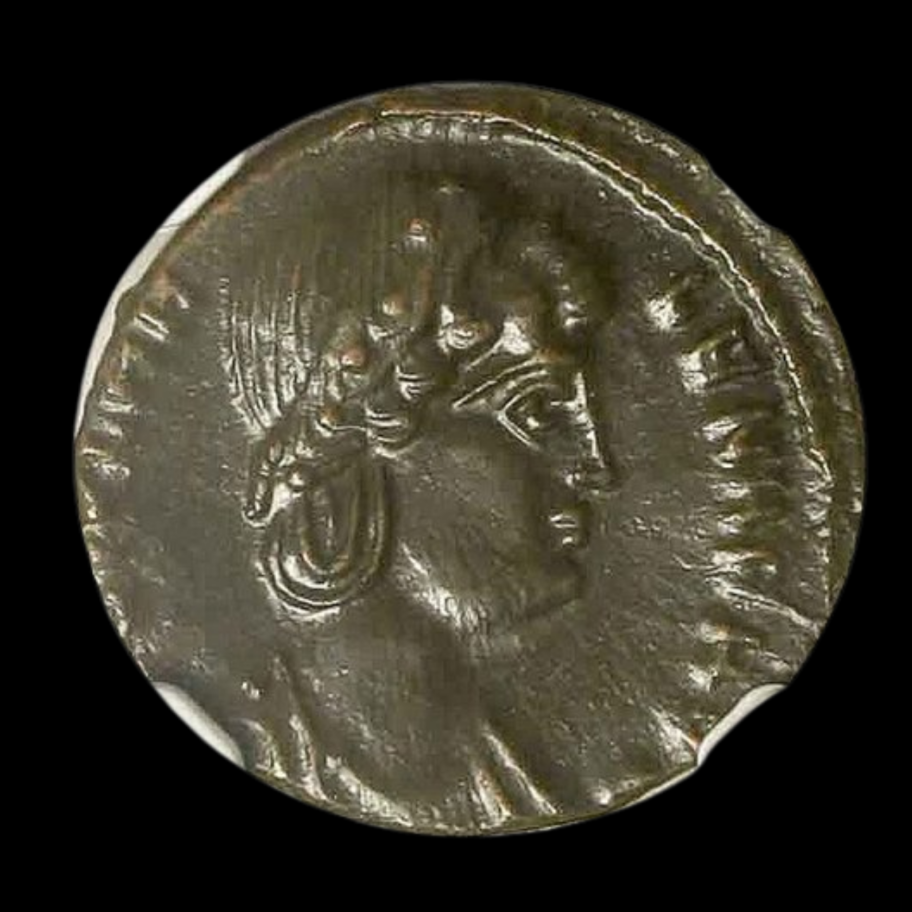 Image 7 of 7
Image 7 of 7








Roman Bronze Coin – Empress Helena (about 1,700 years old) – Mother of Constantine the Great & Early Christian Empress – NGC Certified
The coins shown are representative examples of the grade and type, but not the actual specimens for sale. For details on NGC’s grading standards and definitions, please refer to our NGC Grading page.
This bronze coin honors Helena, mother of Constantine the Great and an influential figure in early Christian history. Though born of humble origins, Helena rose to imperial status when her son became emperor, eventually undertaking a famous pilgrimage to the Holy Land where her reported discoveries of sacred Christian relics would have profound impacts on Christian worship and pilgrimage traditions for centuries to come.
Coin Description:
Front side: Portrait of Empress Helena, likely wearing a diadem and imperial dress, with Latin inscription giving her name and titles
Back side: Probably depicts either Pax (Peace personified) or Securitas (Security personified), or possibly Helena herself in the guise of a virtuous empress
Technical Details:
Bronze composition
Denomination: AE3 (modern classification for a specific size of late Roman bronze coin)
NGC certified
Minted between 324-337 AD (after Constantine became sole emperor)
Condition as certified by NGC
Historical Significance: Helena's rise from obscure origins to imperial mother represents one of the most remarkable social ascents in Roman history. Born of humble background (possibly as a tavern keeper's daughter), she became the consort of the Roman officer Constantius Chlorus but was later set aside for a more politically advantageous marriage. When her son Constantine seized power, Helena was elevated to Augusta (empress). Her greatest historical impact came in her later years when, at around age 80, she journeyed to Palestine where she reportedly discovered the True Cross of Christ's crucifixion and established the Church of the Holy Sepulcher in Jerusalem (modern Israel). This pilgrimage established a precedent for imperial patronage of Christian holy sites and elevated Jerusalem as a center of Christian worship, fundamentally shaping medieval pilgrimage traditions and Byzantine religious policy.
The coins shown are representative examples of the grade and type, but not the actual specimens for sale. For details on NGC’s grading standards and definitions, please refer to our NGC Grading page.
This bronze coin honors Helena, mother of Constantine the Great and an influential figure in early Christian history. Though born of humble origins, Helena rose to imperial status when her son became emperor, eventually undertaking a famous pilgrimage to the Holy Land where her reported discoveries of sacred Christian relics would have profound impacts on Christian worship and pilgrimage traditions for centuries to come.
Coin Description:
Front side: Portrait of Empress Helena, likely wearing a diadem and imperial dress, with Latin inscription giving her name and titles
Back side: Probably depicts either Pax (Peace personified) or Securitas (Security personified), or possibly Helena herself in the guise of a virtuous empress
Technical Details:
Bronze composition
Denomination: AE3 (modern classification for a specific size of late Roman bronze coin)
NGC certified
Minted between 324-337 AD (after Constantine became sole emperor)
Condition as certified by NGC
Historical Significance: Helena's rise from obscure origins to imperial mother represents one of the most remarkable social ascents in Roman history. Born of humble background (possibly as a tavern keeper's daughter), she became the consort of the Roman officer Constantius Chlorus but was later set aside for a more politically advantageous marriage. When her son Constantine seized power, Helena was elevated to Augusta (empress). Her greatest historical impact came in her later years when, at around age 80, she journeyed to Palestine where she reportedly discovered the True Cross of Christ's crucifixion and established the Church of the Holy Sepulcher in Jerusalem (modern Israel). This pilgrimage established a precedent for imperial patronage of Christian holy sites and elevated Jerusalem as a center of Christian worship, fundamentally shaping medieval pilgrimage traditions and Byzantine religious policy.







